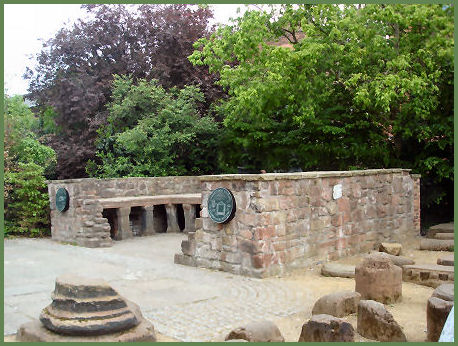Only ever fitted one in a bathroom. Job one was remove the floor fit drains and then special stuff to stop heat going down but that was before I took over the job.
The first job was to ensure the type was suitable had to have an earth braid around the wire or an earth mesh after the heating wire.
All the glues had to be special glues able to take the expansion and contraction and the gaps between every tile was also stipulated and again special grout.
After all this work is was a flop. In hind sight and that easy the tiles should have been smooth and black there were sculptured and cream which resulted in them retaining too much water and not liberating enough heat.
Building control insisted an extractor fan was fitted. The tiles could not replace this heat the room is cold unless the towel rail is used yet if the tiles were any hotter you could not walk on the floor.
We stopped using Hypocaust and I wondered why.
It may have worked in Rome but in Chester the under floor heating needs some other heating as well.
The simple fact that the floor could not have been any warmer and still walk on it means be it water, solid fuel or electric it simply does not work.
But the woes did not end there, the thermostat failed a few times although rated 3kW and floor was about 500W they did not last. Then the sensor went and although in a pocket and one should be able to replace is got stuck.
So although it will still work it's no longer used. OK it was a wet room not just a bathroom but once the tiles were cooled with the shower water it took 1/2 hour to dry floor with the extractor fan running it only takes 3/4 hour without the floor heating on.
Because we had to use the special screened cable we could not use the special stuff which compensates for items left on the floor. Let a towel drop off the towel rail and that bit of floor got really hot.
There is also an issue with testing and inspection. With the heating element you know it is sound as it works. But with the earth braid you need to be able to reach the opposite end of the wire to the supply to verify the earth is not broken. There was no contact so impossible to test the earth was complete. The first one laid was destroyed by the builder who used crimp connectors on the brake and glued a tile on top to hide what he had done. There was no earth after that point so clearly it does need a test point.



